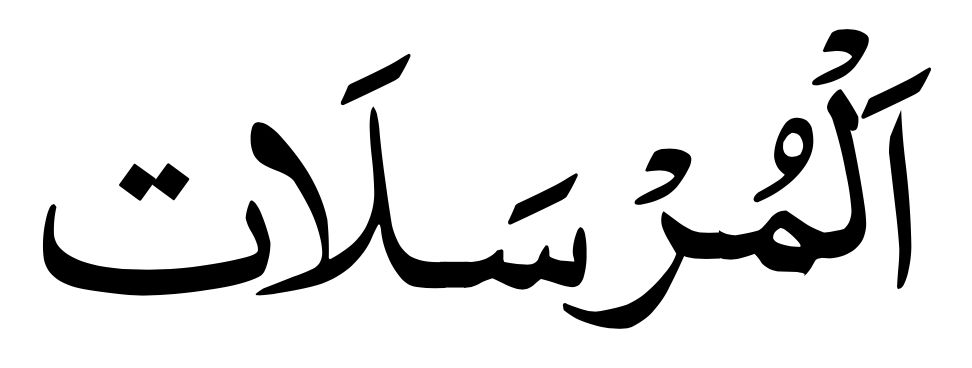

(Revealed before Hijrah)
Noldeke and Muir assign the revelation of this Surah, probably correctly, to the 4th year of the Call. Like other early Meccan Chapters, this Surah also deals with the subject of Resurrection, and as an argument in support of it, adduces the great spiritual revolution that is brought about by Divine Messengers among their peoples, especially the marvellous moral change which the Holy Prophet wrought in the lives of the degenerate and decadent Arabs. The advent of Divine Prophets has been compared in the Surah to the Day of Decision when bad men are separated from good men or, to use a beautiful metaphor, when grain becomes sifted from chaff. On that Day of Decision, the guilty are punished and the righteous receive the rewards of their good deeds. The Surah gives very apt and adequate description of the punishment—fittingly corresponding to their evil deeds—that will be meted out in the Hereafter to the defiers and violators of Divine laws, and goes on to describe the blessings and boons of Paradise which will be bestowed upon those who regulate their lives and conduct in accordance with them. In support of the doctrine of the Resurrection the Surah also alludes, quite convincingly, to the development of the sperm-drop into a properly shaped human being, equipped with great natural powers—in itself a wonder of creation. Towards the end, the Surah brings home to disbelievers the untenability of their rejection of the Qur’anic revelation.